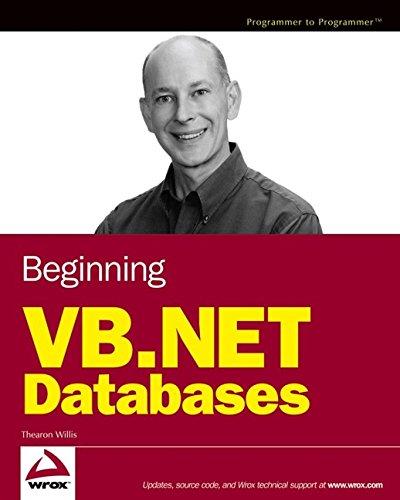"'. Short Answer (20% each) . 1. specific addressing mode. Find the matching match is already made for you. Below on the left are some of the AVR addressing modes. On the right are some instructions each using a addressing mode for each of the instruction. Note, the first Register direct mode Relative program addressing Direct data mode add rO,n Data indirect with displacement mode Program memory with post-increment Data indirect mode Data indirect with post-increment rjmp lds rl, 0x1000 in rO,PORTB ldd r10,Y+20 Data indirect with pre-decrement Program memory addressing with constant /O direct mode . Write an AVR assembly program to shift a 32-bit number left for 4 positions (4 bits). Assume the 32-bit number is already initialized in data memory 0x200 to Ox203, and labeled "buf. Use a loop to perform the operation. Use "Ipcnt" as your loop counter. There is no restriction on what loop construct to use. Use the 2. proper assembler directives.cseg.dseg,.org, .byte, .def, and or .equ, to set up the proper operation environment. There is no need to store the result into data memory. Below is the standard assembly template to help you get started .cseg .org 0xoo rjmp start .org oxF6 Start: "'. Short Answer (20% each) . 1. specific addressing mode. Find the matching match is already made for you. Below on the left are some of the AVR addressing modes. On the right are some instructions each using a addressing mode for each of the instruction. Note, the first Register direct mode Relative program addressing Direct data mode add rO,n Data indirect with displacement mode Program memory with post-increment Data indirect mode Data indirect with post-increment rjmp lds rl, 0x1000 in rO,PORTB ldd r10,Y+20 Data indirect with pre-decrement Program memory addressing with constant /O direct mode . Write an AVR assembly program to shift a 32-bit number left for 4 positions (4 bits). Assume the 32-bit number is already initialized in data memory 0x200 to Ox203, and labeled "buf. Use a loop to perform the operation. Use "Ipcnt" as your loop counter. There is no restriction on what loop construct to use. Use the 2. proper assembler directives.cseg.dseg,.org, .byte, .def, and or .equ, to set up the proper operation environment. There is no need to store the result into data memory. Below is the standard assembly template to help you get started .cseg .org 0xoo rjmp start .org oxF6 Start







